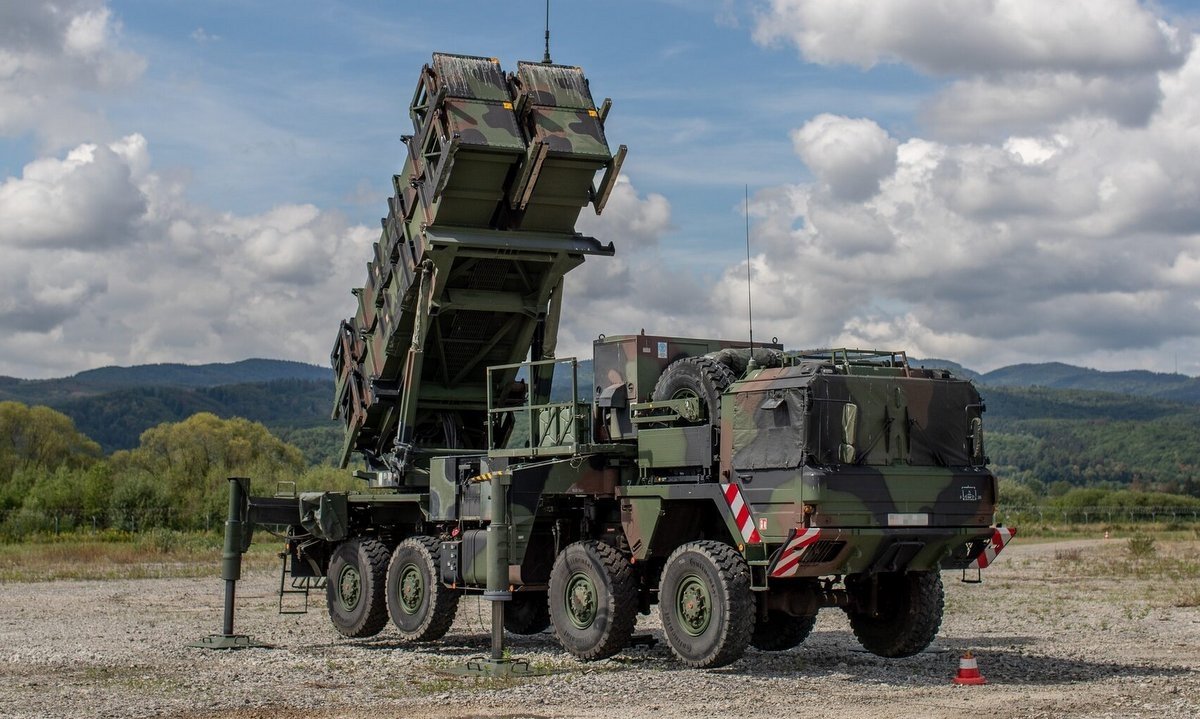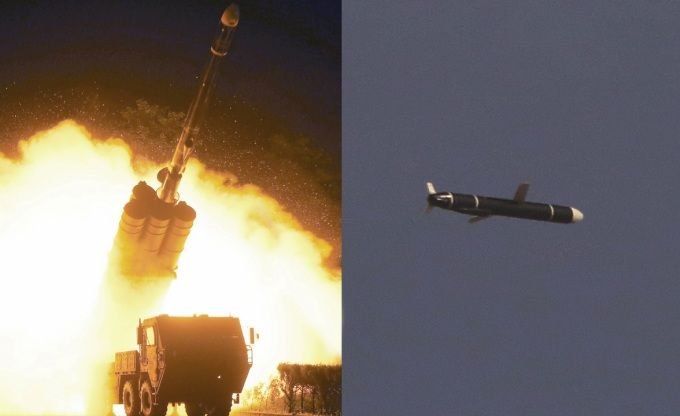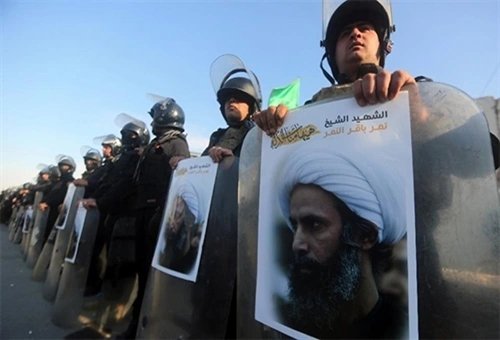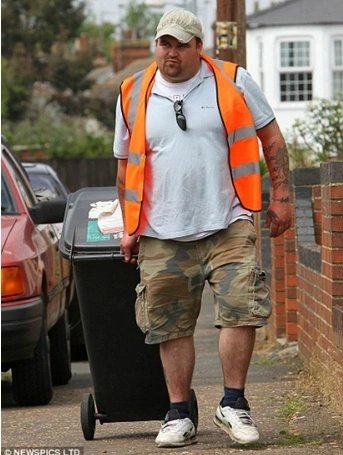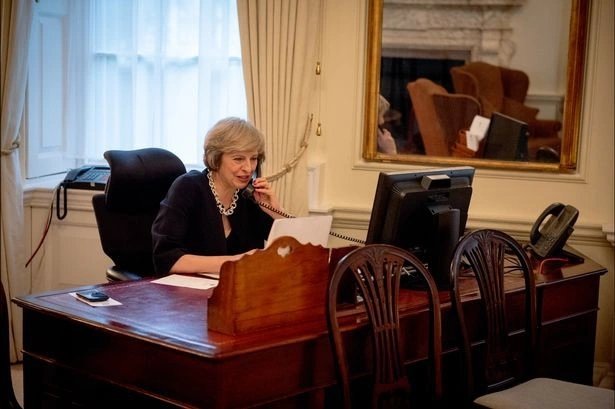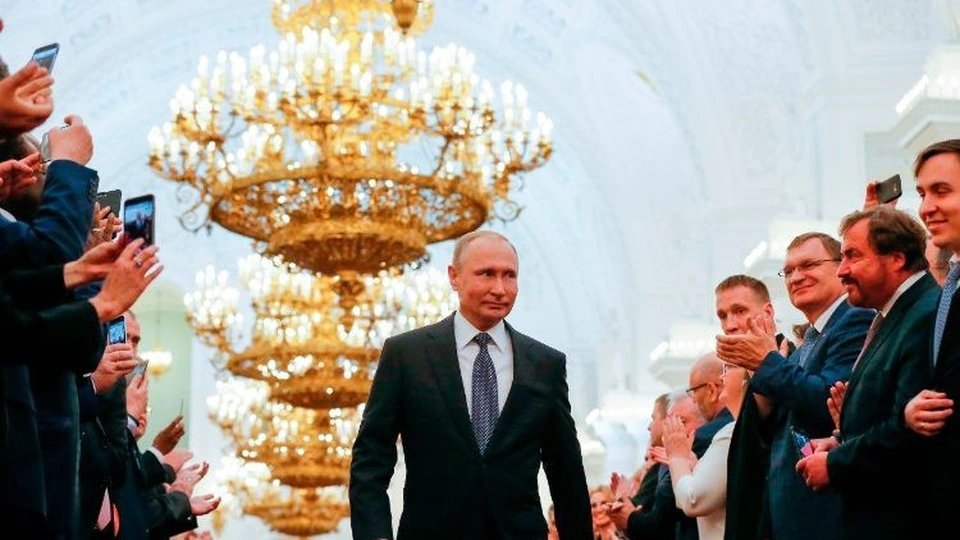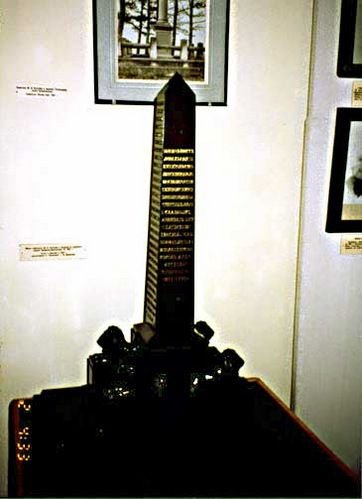
Pillar model erected by King Prussia.
In 1945, during the attack on Nazi Germany’s lair, while marching through the city of Buntslau, Germany, Soviet Red Army soldiers were surprised to discover a towering monument to a Russian general.
Through research, they learned that it was the monument to Russian Marshal Mikhail I. Kutuzov, considered by the Germans as a hero who liberated them from Napoleon’s army.
In 1813, Marshal Kutuzov led the Russian army across the Silesia region of present-day Poland.
On April 6, he fell ill in the town of Buntslau, Silesia.
The officers contributed money to build a small memorial to Kutuzov.
In 1819, the King of Prussia decided to erect a stone column in the central square of Buntslau.
The Germans followed the above orders, keeping the monument intact for hundreds of years, even when the war between Nazi Germany and the Soviet Union broke out during World War II.
By February 1945, soldiers of the 1st Ukrainian Front under the command of marshal I. S. Konyev advanced into the center of Buntslau and encountered a monument with an inscription commemorating marshal Kutuzov in both Russian and German.
The next day, the Soviet commanding officer was led to the house near the monument where Kutuzov died.
Soviet officers wondered why the Germans preserved the house without destroying it during World War II.
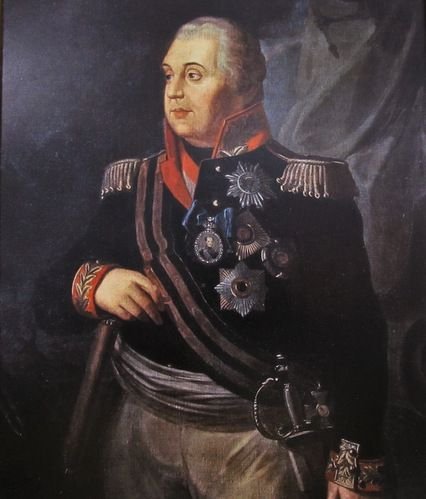
Portrait of Marshal Kutuzov.
The commander of the Russian forces in Buntslau took all measures to preserve this house.
When Soviet troops withdrew from Poland, the artifacts in the house were moved to St.
Mikhail Illarionovich Golenishchev Kutuzov was a famous Russian marshal in the 18th century. He was considered one of the country’s most talented military and diplomatic generals under three emperors Catherine II, Paul I and Alexander I
See more: Inside the Mi-28NE ‘night hunter’ helicopter factory

